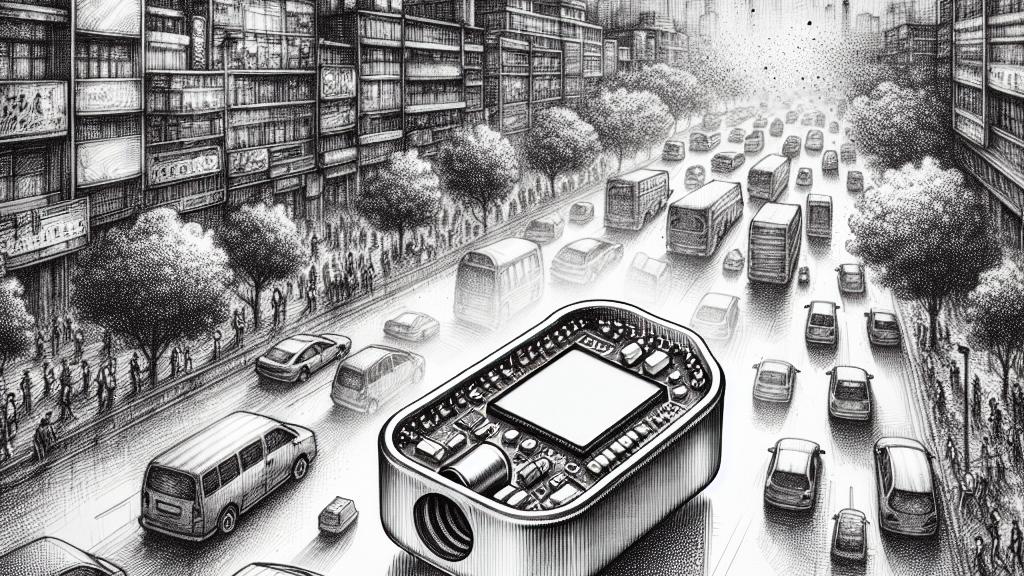Innovative Mini Gas Sensor Detects Toxic Gases with Ease
Overview
- A groundbreaking sensor detects harmful gases in real-time, enhancing public safety.
- Developed by scientists at UNSW Sydney, this eco-friendly tech sets new standards.
- Its compact size and independence from external power sources make it truly revolutionary.

A Breakthrough in Gas Detection
Imagine walking through a busy city, filled with honking cars and swirling dust. The air can sometimes feel toxic, can’t it? Now, picture a tiny but powerful solution to this problem: the innovative miniature gas sensor created by a brilliant team at UNSW Sydney, Australia. This remarkable device, measuring just 2cm by 2cm and a slim 0.4mm thickness, is designed to detect nitrogen dioxide (NO2), a harmful gas that’s all too common in urban areas. What’s even more impressive is its ability to operate at room temperature without needing external power! This means it could be integrated into personal wearables, such as smart watches or fitness trackers, ensuring you stay informed about the air quality around you. It’s not just a gadget; it’s like having a mini air quality guardian on your wrist!
Sustainable and Efficient Design
One of the standout features of this sensor is its sustainable design. How is it made? Thanks to advanced 2D-printing techniques, the production process is not only efficient but also eco-friendly. Professor Dewei Chu emphasizes that this technology transcends academic theory; it represents a significant leap towards practical applications. The core ingredient? Molybdenum disulfide (MoS2), a remarkable compound known for its superb electrical conductivity. By thoughtfully blending two types of MoS2 and enhancing it with nitrogen, the researchers engineered a sensor that’s incredibly sensitive to even the slightest traces of NO2 in the air. This smart adaptation not only meets the demands of modern technology but also aligns with our urgent need for sustainable solutions.
Widespread Applications and Future Impacts
The potential applications of gas sensors like this one are virtually limitless! Imagine factories wired with these sensors, continuously monitoring air quality to ensure worker safety, or cars equipped with this technology that could optimize fuel consumption based on real-time oxygen levels. This isn't just an improvement; it’s a potential revolution in how we monitor our environments. With conventional gas sensors costing huge sums of money and being challenging to operate, this new affordable option is poised to make air quality monitoring accessible to everyone. In a world where pollution is a pressing issue, having tools like this could drastically enhance public health and safety, especially in densely populated areas. We could redefine community safety by responding swiftly to toxic gas levels, thereby protecting lives and fostering healthier environments!

Loading...